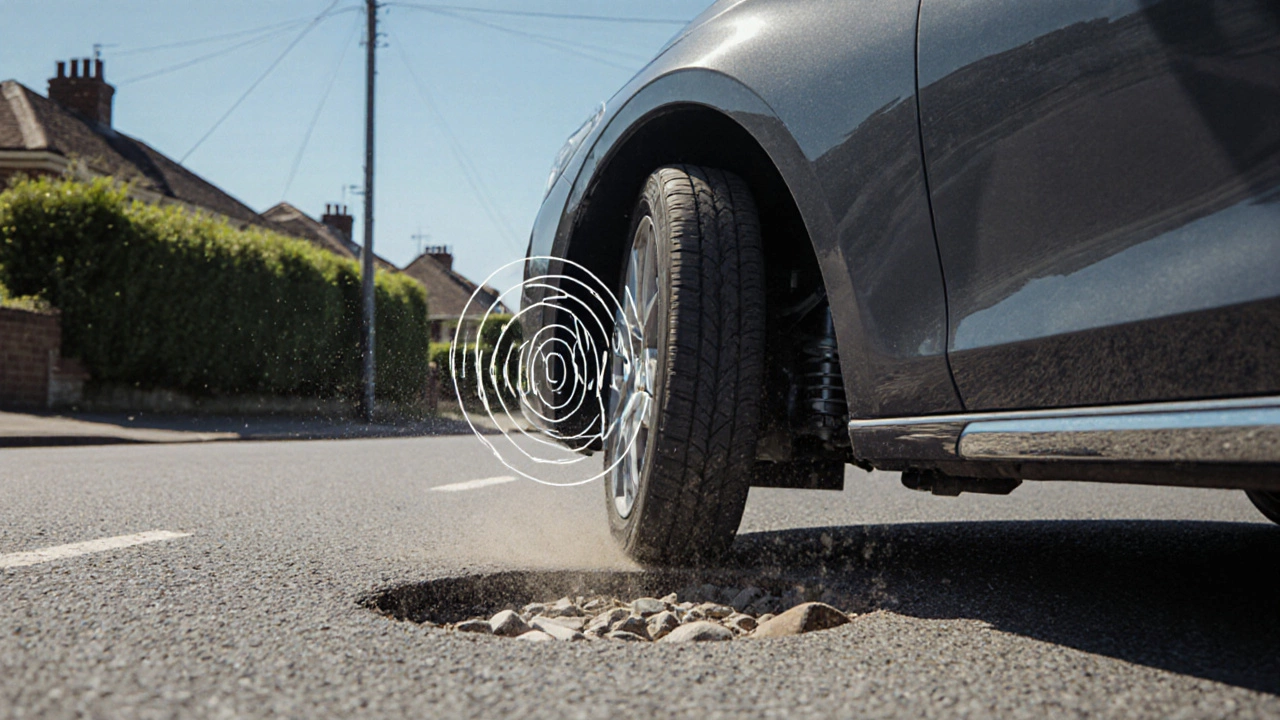Suspension Repair
When dealing with suspension repair, the process of restoring a vehicle’s suspension system to proper function. Also known as suspension fix, it directly impacts ride comfort, handling, and tire wear. A well‑kept suspension keeps the wheels in contact with the road, which is why understanding the core components matters before you start any fix.
Key Suspension Components
One of the first parts you’ll encounter is the shock absorber, a damper that controls spring bounce and reduces body motion. When a shock starts leaking fluid or makes a thudding noise, the ride becomes harsh and the car can nose‑dive during braking. Next up are struts, structural components that combine spring support and damping in a single unit. Worn struts often cause uneven tire wear and a noticeable dip in cornering stability. suspension repair usually starts with inspecting these two, because their condition dictates whether you need a simple replacement or a full system overhaul.
Another critical piece is the coil spring, the metal coil that bears the vehicle’s weight and absorbs road impacts. A broken or sagging spring leads to a low ride height and can stress other components like the mounts. Sway bars, also called anti‑roll bars, link the left‑right suspension and help keep the car level during turns; a cracked bar often results in a rattling sound and increased body roll. Finally, after any component swap, a precise wheel alignment, the adjustment of caster, camber and toe to meet manufacturer specs is essential. Skipping alignment can undo all the work you just did, causing rapid tire wear and poor handling.
The relationships between these parts form a clear web: suspension repair encompasses shock absorber replacement, suspension repair requires wheel alignment, and shock absorber wear influences ride comfort. Knowing which part shows which symptom helps you diagnose faster. For example, a clunk when hitting a bump usually points to a failed strut mount, while a continuous squeal often means the sway bar bushings need fresh grease or replacement. Understanding these signals saves time and money, especially if you choose to tackle the job yourself.
Below you’ll find a curated set of articles that walk you through every step—from spotting early warning signs to choosing the right replacement parts and performing the actual fix. Whether you’re a seasoned DIYer or just curious about why your car feels shaky, the collection offers practical advice you can act on right away.

How to Identify a Bad Suspension Sound and Fix It
Oct 14 2025 / Suspension PartsLearn to recognize the sounds of a failing suspension, link each noise to its component, and get step‑by‑step tips for diagnosing and fixing bad suspension sounds.
VIEW MORE
Fixing a Bad Suspension: Is It Possible?
Mar 30 2025 / Suspension PartsSuspension issues can turn driving into an uncomfortable experience, but the good news is that repair is often possible. This article explores whether a bad suspension can be fixed, diving into common problems, how they affect your ride, and what can be done about them. It offers practical tips for diagnosing suspension issues and insights into repair options. Learn about maintaining your car’s suspension system for a smoother and safer drive.
VIEW MORE